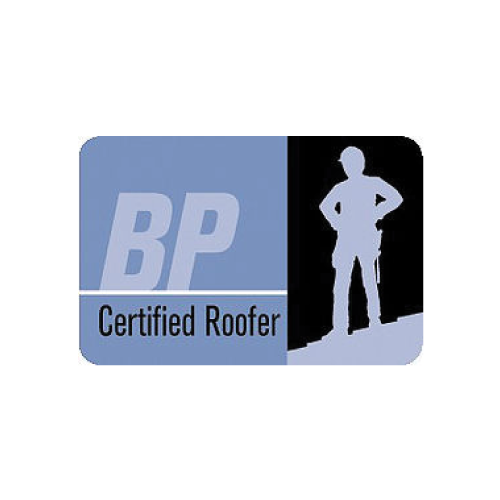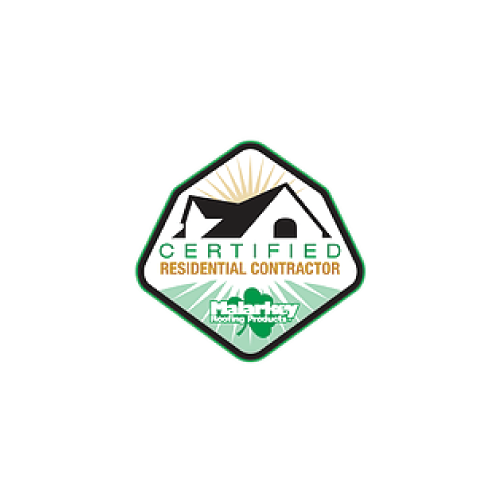Attic Ventilation
Keep It Flowing
Proper attic ventilation is of the utmost importance to any home. Throughout the day, we are constantly generating moisture build-up. Showers, cooking, washing clothes and other various daily activities can all create humidity within the air that can condense as it cools. This condensation can become a problem if left untreated.
Condensed moisture, if left to build up, can lead to mould, rot, and mildew within the insulation as well as framing of your home. To prevent this, having proper ventilation is key. Let’s explore the different types of ventilation that are available to you as a homeowner.
Types of Attic Ventilation
There are two different types of attic ventilation; intake, and exhaust. Each one offers its own pros and cons and handles attic ventilation it there own unique way. Let’s take a closer look at each.
Intake
Intake vents, put simply, let fresh air into your attic space. There are several types of intake vents that you can choose from. You can choose a gable vent; a triangle-shaped vent installed at the very peak of your roof. Or you can choose a static vent; a metal cylinder designed to keep the rain out – these are usually installed by cutting holes in the roof and fastening the vent collars to the sheathing. You can even choose a soffit vent that is placed into the soffit and comes with a screen to prevent pests and insects from entering your home.
There are plenty of varieties of intake ventilation systems, and can be chosen and installed to meet your personal needs.
Exhaust
Exhaust vents perform in the exact opposite manner of intake vents. They are designed to let air escape. You can have static exhaust vents that allow passive airflow outward, or power vents which are designed to suck air outward. These two varieties are typically installed as either ‘ridge vents’ or ‘turbine vents’. Ridge vents being static vents, and turbine being powered.
The choice between the two will likely boil down to your own personal preference, and the needs of your home. Powered vents can be more effective, but they will require electricity to function.
Final Thoughts
Choosing which type of attic ventilation is best for your home, will rely heavily on a number of factors. The amount of moisture condensation, the size of the space, budget, and local climate will all play into choosing the perfect attic ventilation for your home. Taking the time to consult with local attic ventilation experts is always best to determine the right option for you and your home.
Ultimately, reducing moisture in your attic will make your home a safer place, as well as increase the longevity and stability of your home overall.



